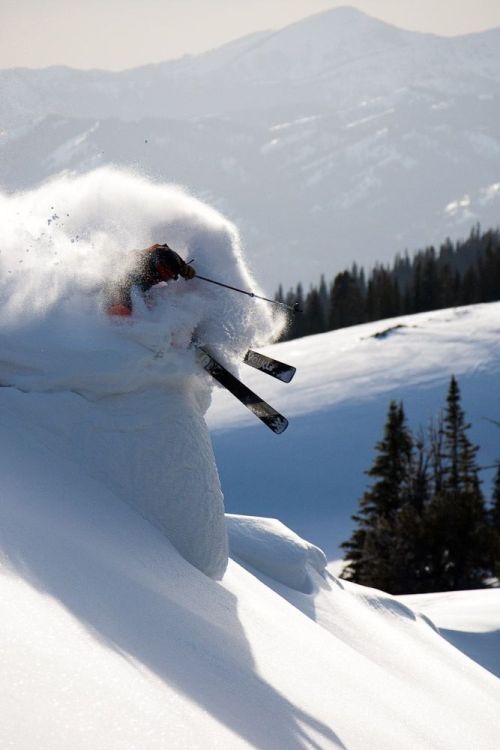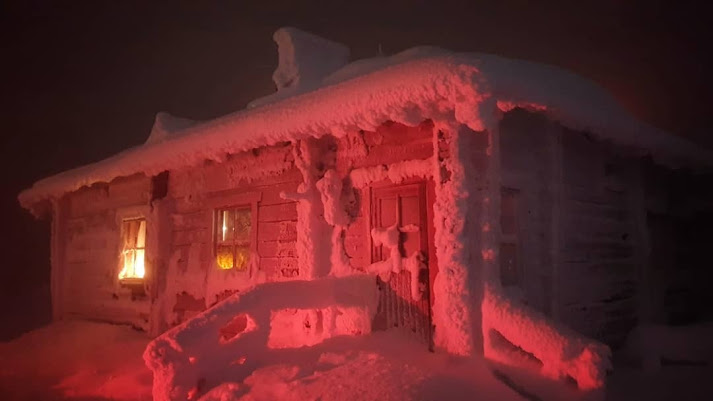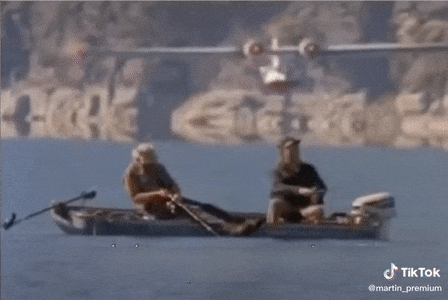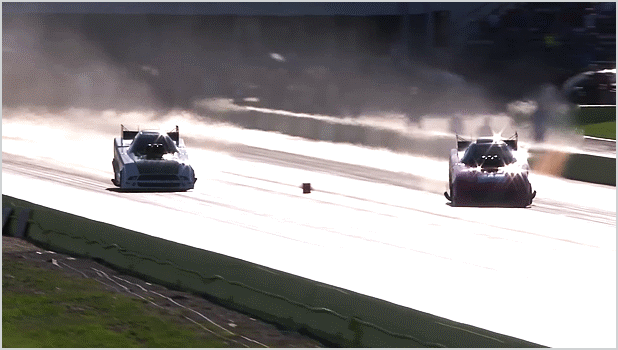And what country can preserve its liberties if their rulers are not warned from time to time that their people preserve the spirit of resistance? Let them take arms. The remedy is to set them right as to facts, pardon and pacify them. What signify a few lives lost in a century or two? The tree of liberty must be refreshed from time to time with the blood of patriots and tyrants.
Sunday, December 31, 2023
Saturday, December 30, 2023
Friday, December 29, 2023
Subscribe to:
Posts (Atom)


















































